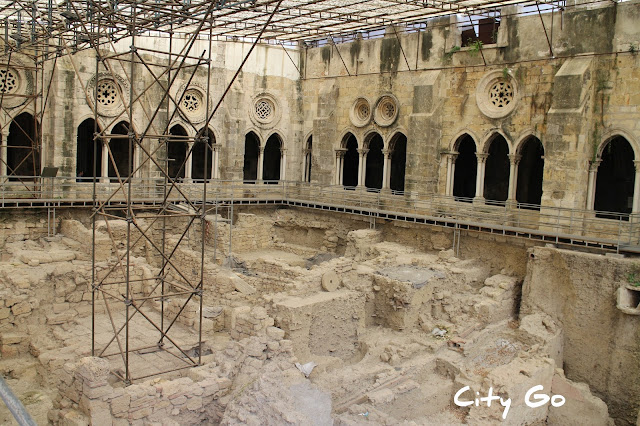Caceres, Spain
Caceres was inhabited since pre-historic times and evidence of this can be found in the Maltravieso Cave, which displays hand imprints, and El Conejar Cave.
The Roman town, known as Norba Ceaserina was founded in 25BC, by veterans coming from nearby camps. As the empire declined the town was occupied by the Visigoths and slowly depopulated, only recovering its former glory a few centuries later, during the Muslim rule. Most of the remains from this period date from the 12th century, during the Almohad period, marked by political unrest and the threat posed by the Christian forces.
The city was reconquered by Alfonso IX in 1229. During this period many noble families began building their manor houses resulting in the characteristic Caceres architecture that can be seen today: austere buildings with a defensive purpose.
Caceres also benefited from the riches arriving from the Americas a few centuries later. It was during this period that the city overflew its walls and most of the churches built in the new parishes depict Renaissance features.
After a deep recession in the 17th century the city partially recovered in the 18th century, when some urban reforms were made- the mains entrance to the old town, Arch of the Estrella, was rebuilt and some churches and palaces were renovated.
How to go: From Madrid, you can take a train at the Atocha Cercanias Station, which will cost €27.60/ €32.95 and will take about 4 hours.
Arco de la Estrella
Caceres Museum
Cathedral of Santa Maria
Iglesia de San Francisco Javier
Jewish Quarter
Palacio de Carvajal
Palacio de los Golfines de Abajo
Plaza Mayor
Yusuf al Buch Museum














Comments
Post a Comment